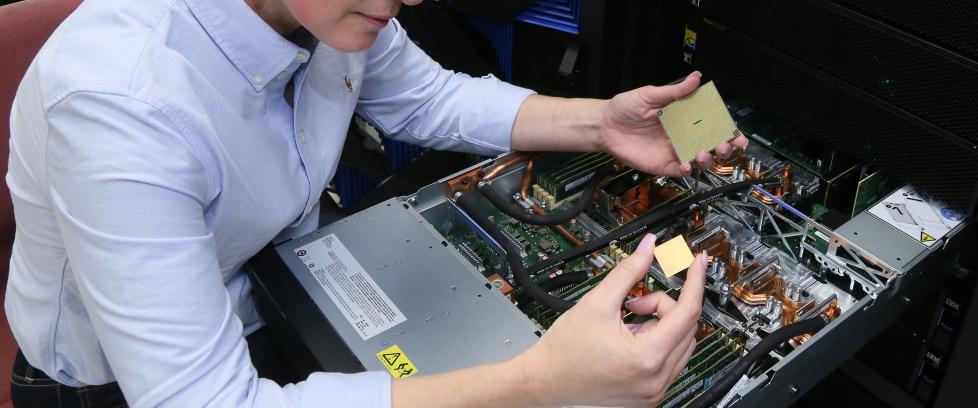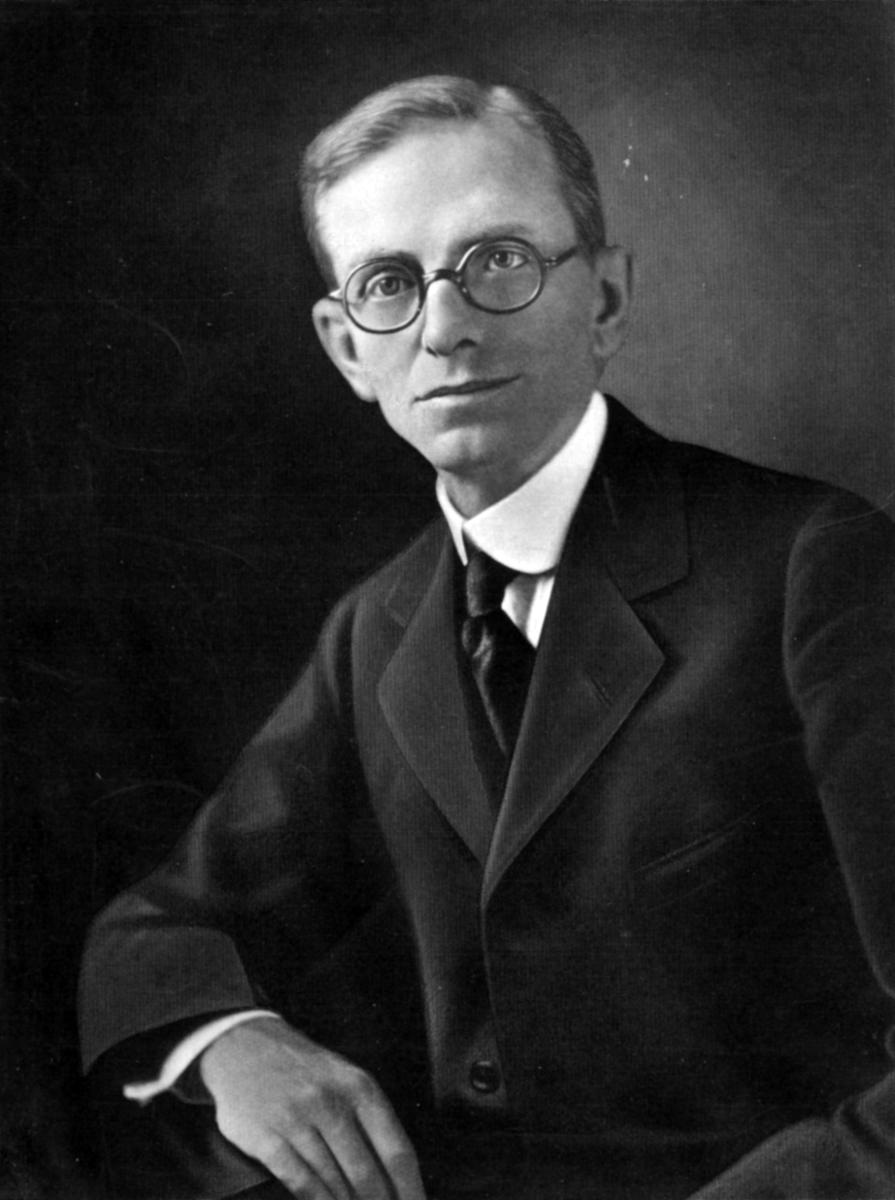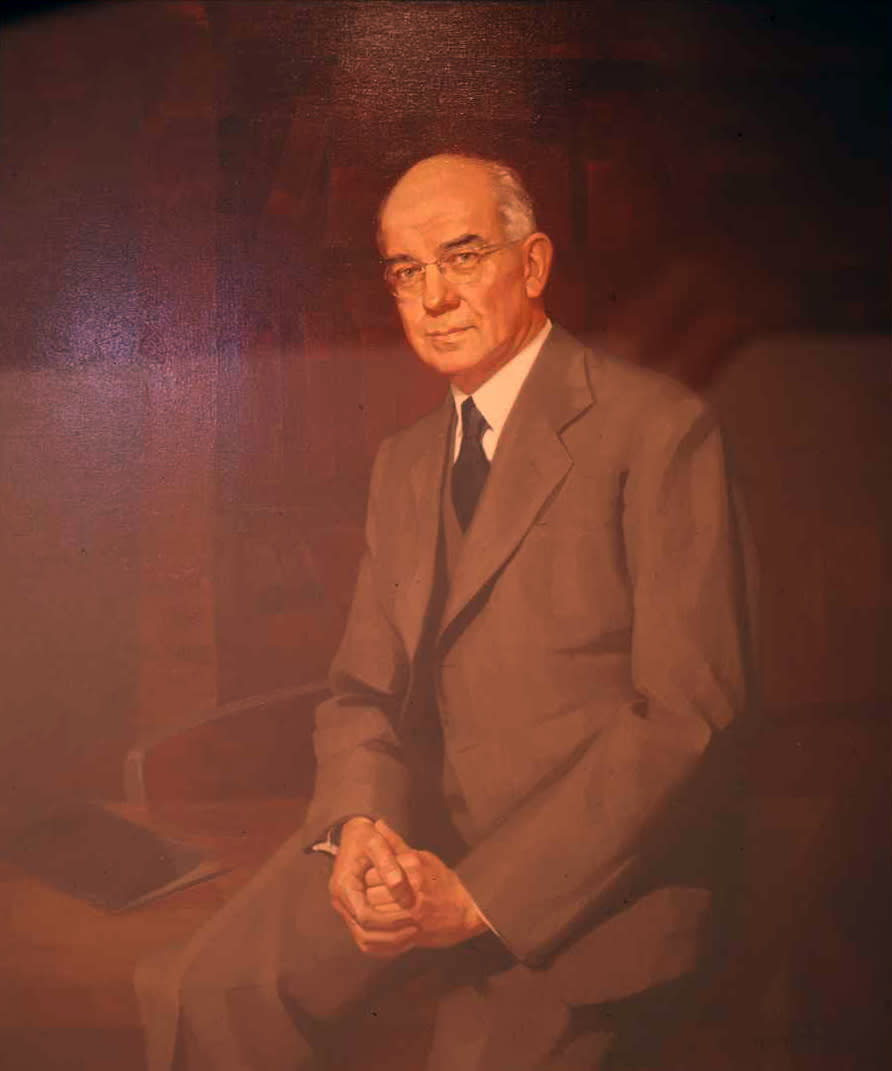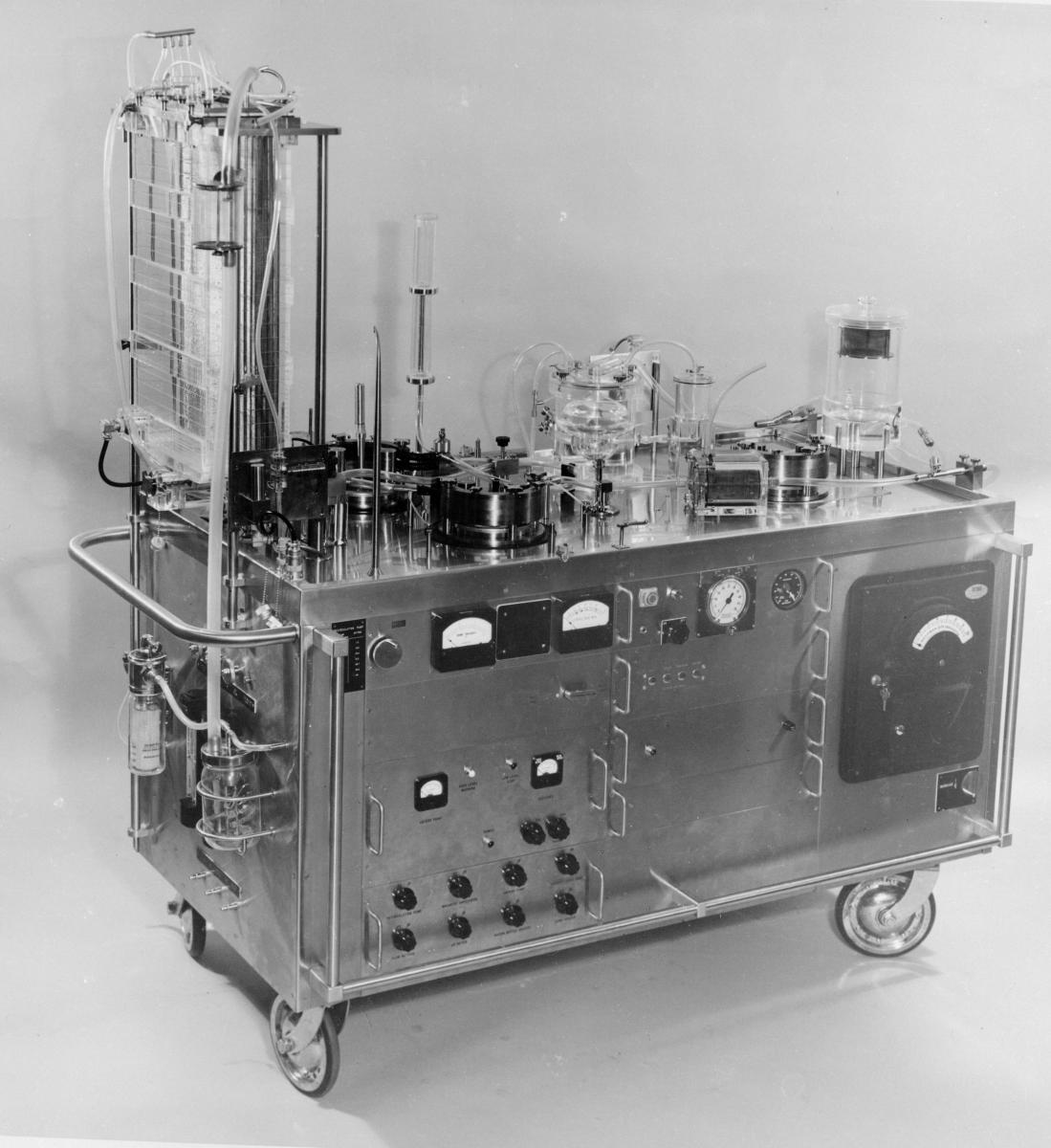
In 2018, IBM and Mayo Clinic's Rochester campuses combined for more than 911 patents. IBM employees in Minnesota were named on 681 patents in 2018, contributing to IBM's 26 continuous years of being #1 in the world for U.S. patent awards. That's more than the patent production of 26 U.S. states. And that's nothing new.
In the 62 years of IBM's Rochester presence, and in the 130 years since the founding of the Mayo Clinic, those two organizations have created the types of innovations that have, well, changed the world.
The first blood bank in North America? The cancer grading system? One of the world's first portable computers? Those Mayo and IBM breakthroughs didn't even make this list of Five Famous Innovations To Come Out Of Rochester.

Dr. Henry Plummer | Image courtesy of the History Center of Olmsted County
We changed the medical practice system.
An unhurried examination with time to listen to the patient. A cooperative staff working together as a team and sharing information.
Doctors paid on salary instead of by procedures ordered or by number of patients examined.
“The best interest of the patient is the only interest to be considered," said Dr. Will Mayo. "And in order that the sick may have the benefit of advancing knowledge, union of forces is necessary.”
Those ideals--especially that "union of forces"--define Mayo Clinic's concept of collaborative care, what they call an "integrated, multi-specialty group practice of medicine." While that concept has driven the clinic since the early days, it was a revolutionary idea in the early 1900s, when Dr. Henry Plummer--one of the first hires of the Mayo brothers--implemented the idea in an era when most doctors ran their own solo practice, and sharing information meant making other doctors better at a cost to your own practice.
We changed medical record keeping.
That new idea of collaborative care required new record keeping that would allow doctors to share patient information freely. Previously, each individual doctor would have his or her own record keeping system for each patient, and these systems were rarely shared between caregivers. Dr. Plummer--along with his assistant, Mabel Root--designed a unified dossier system, in which each patient had one file compiled and consolidated from all Mayo physicians. Plummer's system was officially implemented on July 1 of 1907, with patient number one. Eight million patients later, the Mayo Clinic recently consolidated all of its health records into one unified electronic system, which was dubbed the Plummer Project.

Summit Supercomputer at Oak Ridge National Laboratories
We changed supercomputing.
Since its groundbreaking in 1956, IBM-Rochester has been a leader in computer technology, and the 3 million-square-foot Rochester facility has churned out products like the IBM 5110 (the 1978 portable computer system--one of the first designed for the general public) and the AS400 (one of the world's most popular business computers of the 1990's). But when it comes to the pinnacle of the supercomputer world, nothing matched Blue Gene. Announced as a $100 million research project in 1999, Blue Gene was designed to be one of the most powerful--and energy efficient--supercomputers in the world. For more than three years, from 2004 to 2007, the Rochester-built Blue Gene held the top spot in the super computing world. IBM delivered the top 2 supercomputers in the world and 3 of the top 5 in the Green 500 list for energy efficiency supercomputing. The Summit and Sierra supercomputers are based on IBM's Power9 technology. IBM Rochester was integral to the development and delivery of both the Power9 technology and these supercomputers to the U.S. Department of Energy at Oak Ridge (Summit) and Lawrence Livermore (Sierra) National Laboratories in 2018.

Dr. Edward Kendall Co-inventor of Cortisone | Image courtesy of the History Center of Olmsted County
We changed open-heart surgery.
In 1955, Mayo Clinic performed the world's second successful surgery using a heart-lung bypass machine (the patient was a five-year-old North Dakota girl). Now in the Smithsonian's National Museum of American History, the Mayo-Gibbon Heart-Lung machine allowed surgeons to bypass (and temporarily replace) the function of the heart and lungs in order to perform heart surgery in a way never before possible. Mayo's Dr. John Kirklin was credited with bringing the heat-lung bypass method into the medical mainstream and ushering in a new era of cardiovascular surgery.
 The original heart-lung machine | photo Mayo Clinic
The original heart-lung machine | photo Mayo Clinic
We discovered cortisone.
In one of the most celebrated examples of Mayo's collaborative approach to care, Mayo Clinic staffers Dr. Edward Kendall (a laboratory scientist) and Dr. Philip Hench (a clinical rheumatologist) worked for decades--beginning in the 1920's--researching cortisone, a steroid hormone secreted by the adrenal gland in times of stress.
Driven by Kendall's research and Hench's direct work with patients, the pair isolated and discovered a medication that today is a common anti-inflammatory drug used to treat everything from inflammation to eczema. Their discovery won the Nobel Prize for Medicine or Physiology in 1950.
